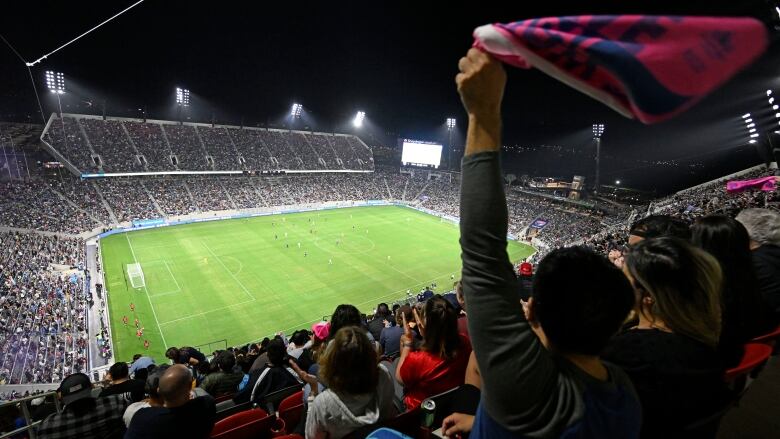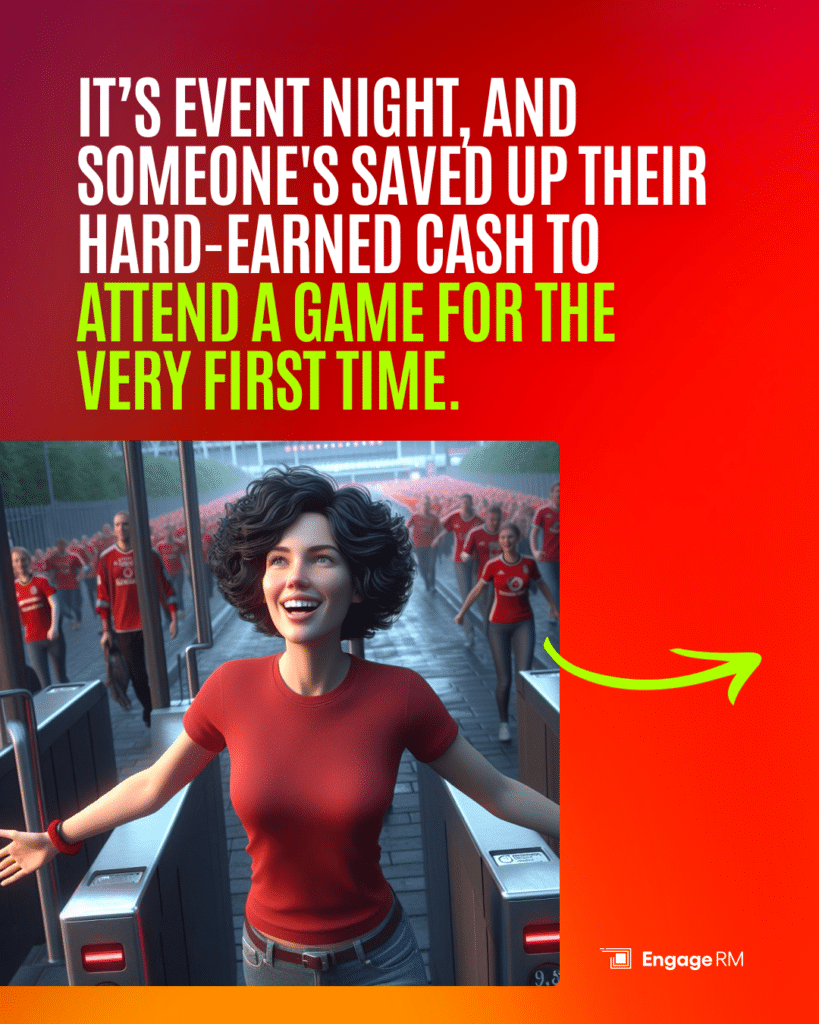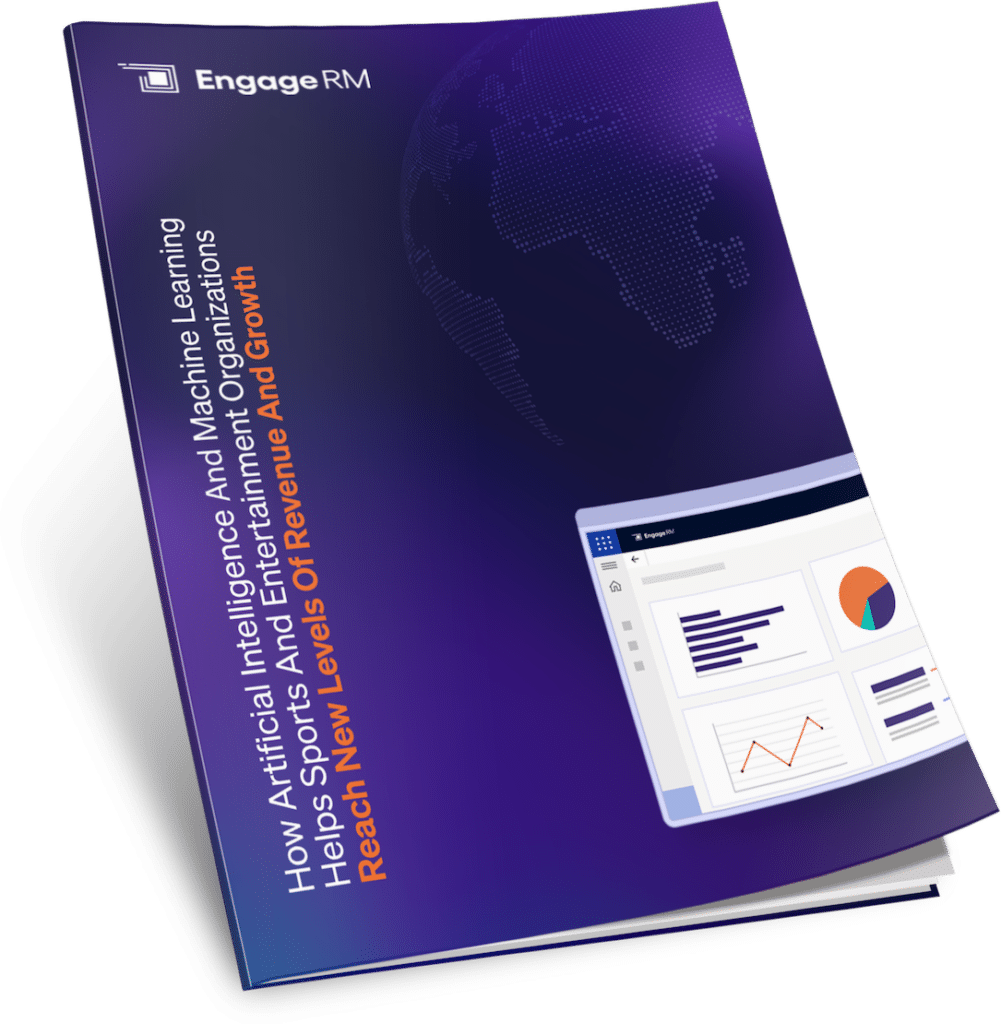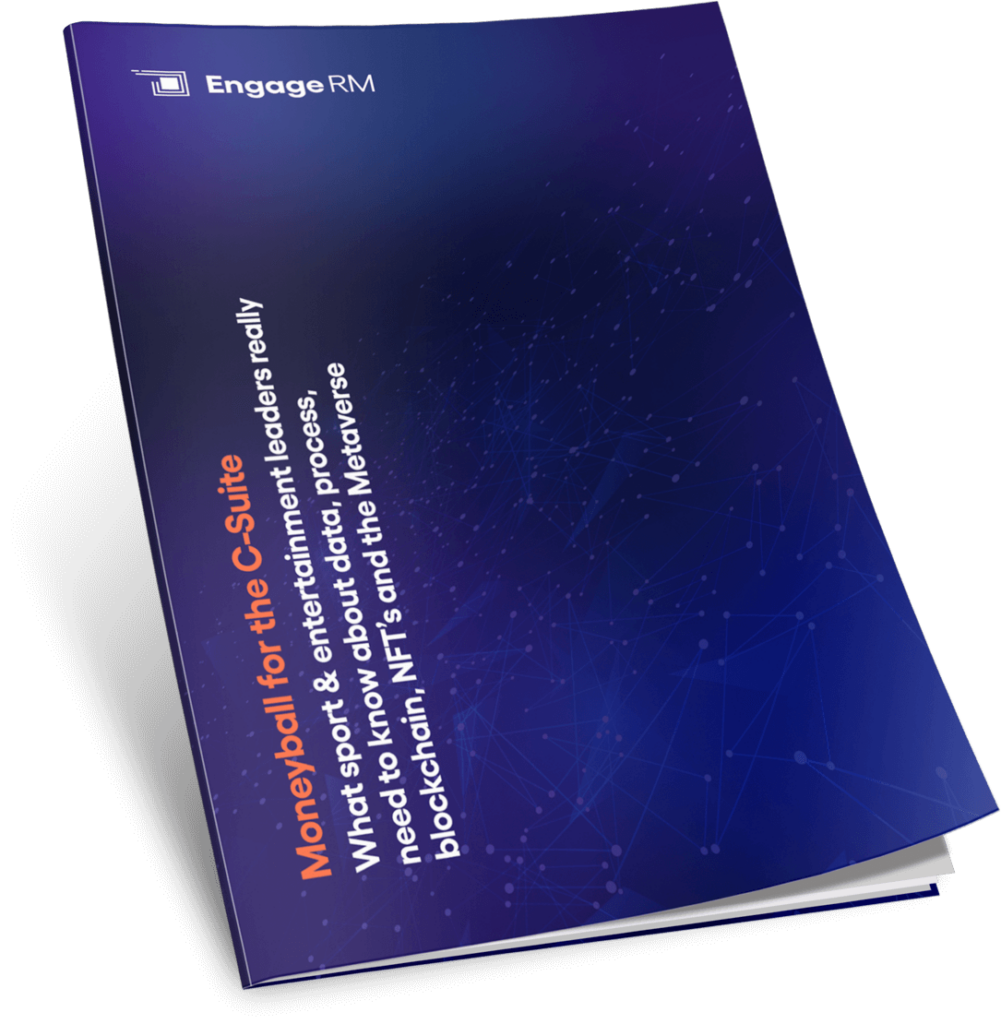The secret to unlocking real-time fan data on event day
27 December 2023
We’ve said it before and we’ll say it again, personalization = revenue.
And a shift is happening in the sports and entertainment world.
We know personalized, fan-facing interactions already play a critical role in live events.
Customized conversations now bookend the customer journey; spanning efforts to drive initial interest in tickets at the start, through to attempts to encourage post-event repeat bookings and, ultimately, long-term loyalty.
After all, the live event should be the best possible window to engage individuals in this way. It’s when most fans feel happy, energized and connected.
Whether they’re cheering on their beloved team or reciting every word of their favorite artist’s set list, this is when fandom peaks.
However, for the vast majority of paying customers, from the moment they enter the venue until the moment they leave, they’re merely treated as just one of the crowd.
But why is there a drive for personalization?
Across live events, significant resources go into leveraging deeper data and forging powerful relationships with attendees – and event operators now recognize how these bonds can deliver bottom-line benefits.
After all, companies that excel at this type of customer intimacy can see a revenue uplift of 10-15%, while up to 25% is eminently achievable.
However, this personalization drive has brought strategic threats along for the ride. Between 2021 and 2022, the number of consumers who said a brand would lose their loyalty unless it offered a tailored experience rocketed from 45% to 62%
In a space as passionate and personal as live events, these expectations are amplified.
It’s hardly a surprise then that fan-facing interactions already play a critical role in live events, the pre and post event journeys are well mapped out.
Interested in more content like this? Subscribe to our newsletter 👇
But what about that big chunk of time in the middle?
It’s a frustrating irony that these carefully curated connections are often muted for the duration of the actual event-day experience. From the moment fans enter the venue until the moment they leave, they’re just one of the crowd.
The reason for this is simple: for years, event organizers have had their hands tied.
The tools required to interact effectively with many individuals during events were lacking. Even in frictionless venues that encourage attendees to use digital touchpoints, by the time customer data is retrieved, analyzed and converted into meaningful insights, the event itself is a fading memory.
“These data reports might not be available for days or even weeks, which means you can only be reactive,” says Brett Yorgey, EngageRM Founder and Chief Innovation Officer.
“But when you have that data in real time, you can be proactive, which can make a huge difference.”

Make the most of the time between whistles
Smart operators are now getting creative to limit the potential impact of this on-site personalization black hole.
For example, entrance gate staff are directed to greet all attendees with words along the lines of “welcome back” – aimed to make returning customers feel extra special and outweigh any bemusement among first-time guests.
Meanwhile, technological innovation promises to remove guesswork and extend personalized experiences seamlessly through the duration of the event. But operators need to be equipped for such a transition from a variety of perspectives.
“It’s an untapped opportunity,” says Jon Flynn, Data and AI Expert at Microsoft. “Rights-holders already understand how to monetize established fans based on predictive modelling and historical data, but do they understand how to monetize attendees in real time?”
Our upcoming white paper will delve into how data-driven technology can be utilized to ensure operators understand attendees as soon as they enter the venue – and the opportunities, challenges and implications of such a game-changing transformation of the live event customer’s ticketing journey.










